
TinyML. Machine Learning with TensorFlow Lite on Arduino and Ultra-Low-Power Microcontrollers Pete Warden, Daniel Situnayake
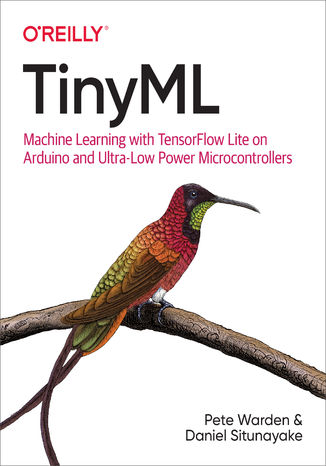



- Autorzy:
- Pete Warden, Daniel Situnayake
- Wydawnictwo:
- O'Reilly Media
- Ocena:
- Stron:
- 504
- Dostępne formaty:
-
ePubMobi
Opis
książki
:
TinyML. Machine Learning with TensorFlow Lite on Arduino and Ultra-Low-Power Microcontrollers
Deep learning networks are getting smaller. Much smaller. The Google Assistant team can detect words with a model just 14 kilobytes in size—small enough to run on a microcontroller. With this practical book you’ll enter the field of TinyML, where deep learning and embedded systems combine to make astounding things possible with tiny devices.
Pete Warden and Daniel Situnayake explain how you can train models small enough to fit into any environment. Ideal for software and hardware developers who want to build embedded systems using machine learning, this guide walks you through creating a series of TinyML projects, step-by-step. No machine learning or microcontroller experience is necessary.
- Build a speech recognizer, a camera that detects people, and a magic wand that responds to gestures
- Work with Arduino and ultra-low-power microcontrollers
- Learn the essentials of ML and how to train your own models
- Train models to understand audio, image, and accelerometer data
- Explore TensorFlow Lite for Microcontrollers, Google’s toolkit for TinyML
- Debug applications and provide safeguards for privacy and security
- Optimize latency, energy usage, and model and binary size
Wybrane bestsellery
Pete Warden, Daniel Situnayake - pozostałe książki
O'Reilly Media - inne książki
Dzięki opcji "Druk na żądanie" do sprzedaży wracają tytuły Grupy Helion, które cieszyły sie dużym zainteresowaniem, a których nakład został wyprzedany.
Dla naszych Czytelników wydrukowaliśmy dodatkową pulę egzemplarzy w technice druku cyfrowego.
Co powinieneś wiedzieć o usłudze "Druk na żądanie":
- usługa obejmuje tylko widoczną poniżej listę tytułów, którą na bieżąco aktualizujemy;
- cena książki może być wyższa od początkowej ceny detalicznej, co jest spowodowane kosztami druku cyfrowego (wyższymi niż koszty tradycyjnego druku offsetowego). Obowiązująca cena jest zawsze podawana na stronie WWW książki;
- zawartość książki wraz z dodatkami (płyta CD, DVD) odpowiada jej pierwotnemu wydaniu i jest w pełni komplementarna;
- usługa nie obejmuje książek w kolorze.
Masz pytanie o konkretny tytuł? Napisz do nas: sklep@helion.pl
Książka drukowana




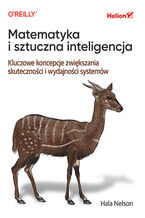
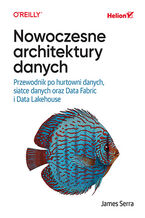

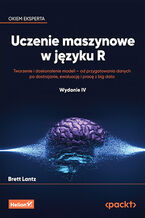
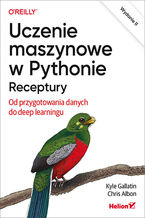
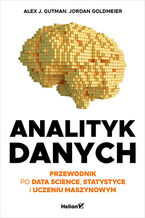
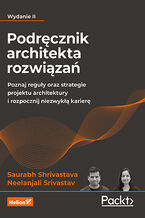
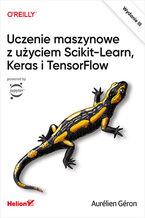

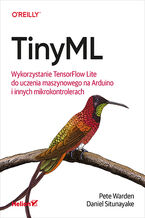
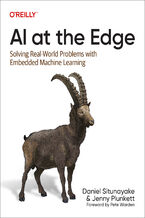

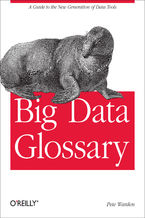
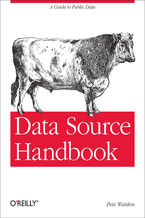





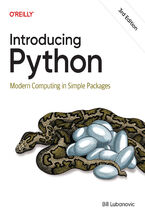
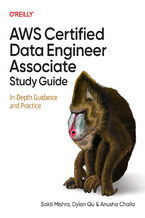
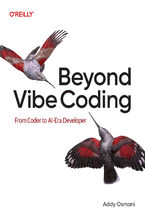
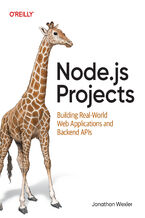

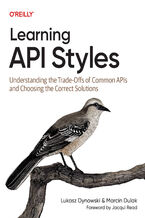
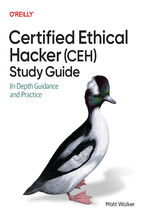
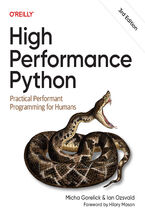
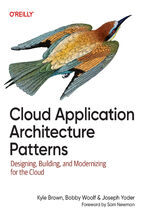
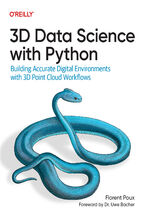



Oceny i opinie klientów: TinyML. Machine Learning with TensorFlow Lite on Arduino and Ultra-Low-Power Microcontrollers Pete Warden, Daniel Situnayake
(0)